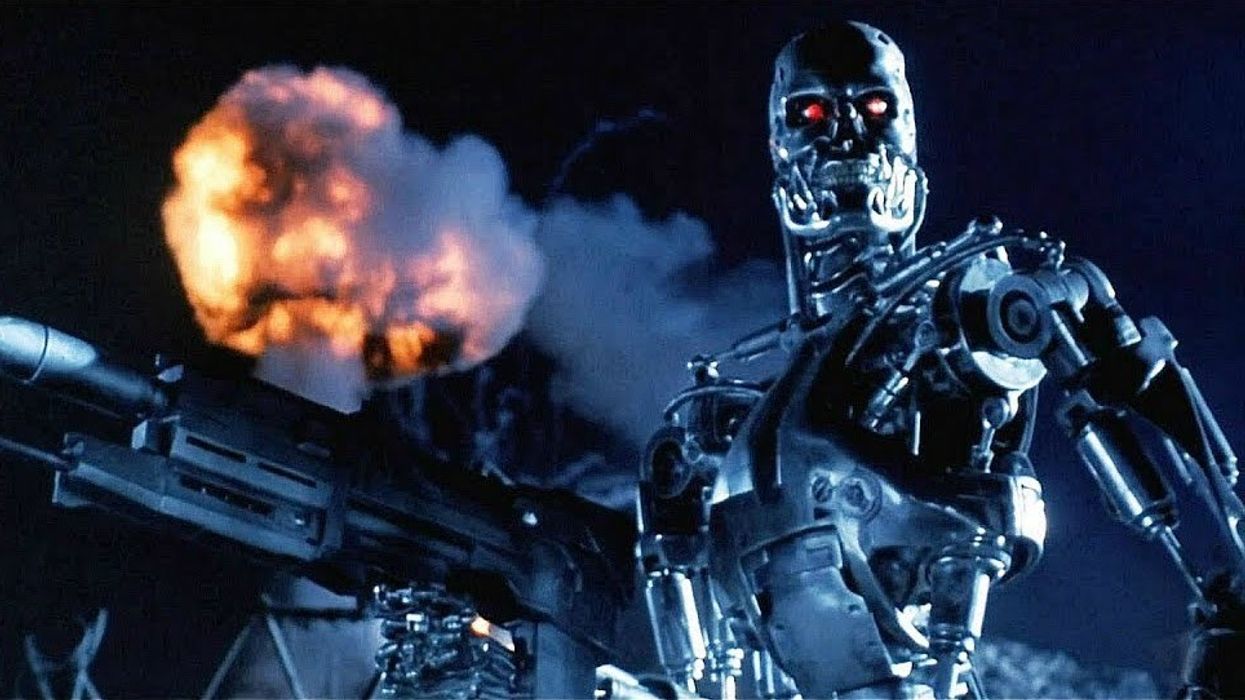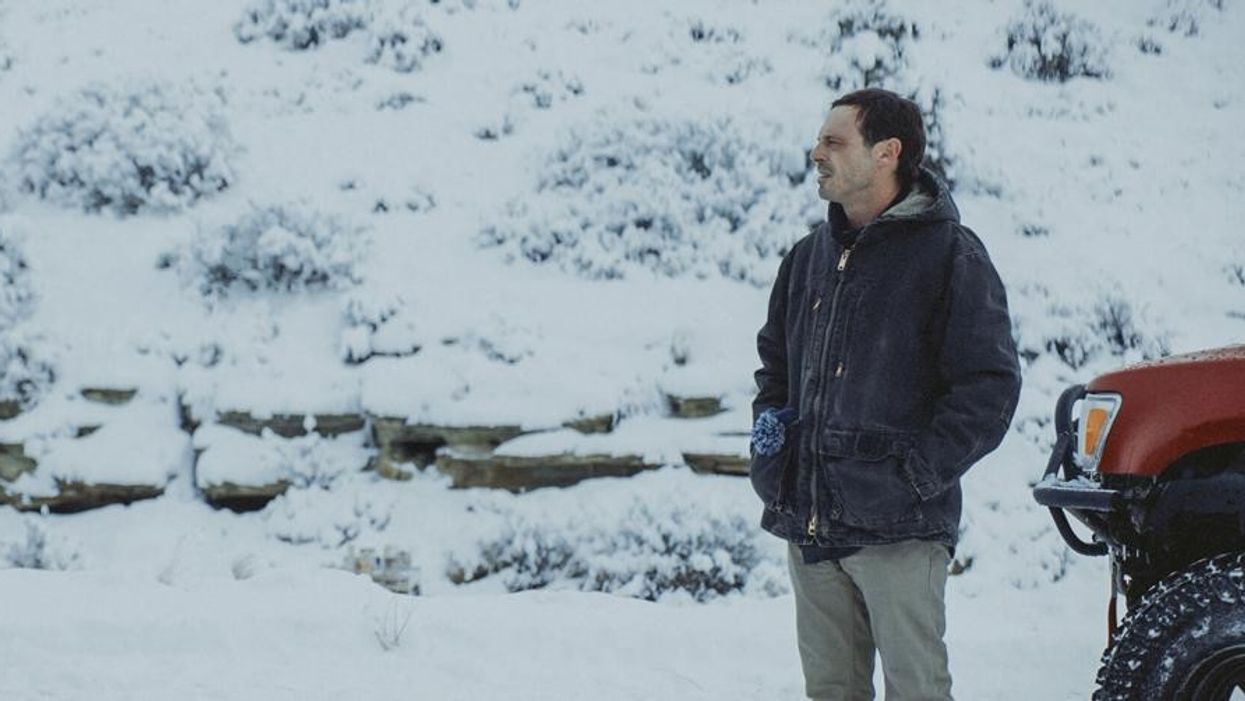What Can the First and Final Lines of Famous Films Teach Us About Good Screenwriting?
How do screenwriters bookend the first and final lines of dialogue?

By now, we should all be very familiar with Jacob T. Swinney's popular "First and Final Frames," a video essay series that explores how filmmakers visually bookend their films and how some even use the opportunity to say something deeper about the story or characters. Video essayist Daniel Whidden takes Swinney's idea and rewrites it with screenwriters in mind, comparing the first and final lines of the top 50 films on IMDb to see if there is any connection between the words spoken in the opening sequence and the ones spoken as the screen begins to fade to black. Judge for yourself in the video below:
Much like Swinney's exploration into the first and final frames of films, Whidden's video essay reveals that the first and final lines of dialogue in any given film is—kind of hit or miss, at least if what you're looking for is some kind of powerfully clever statement about the events that were sandwiched in between them.
It's difficult to be able to tell if there is any correlation between the two lines because you'd really have to know enough about the story in order to find one. Some films, like Forest Gump, literally repeat the same line ("I'm Forest Gump."), so you know that the pair is connected, but others don't have obvious indicators, like repeated words or phrases.
And honestly, the most interesting thing this video revealed to me is how powerful pure cinema is. Dialogue and the written word is certainly not as economical as an image; usually it takes quite a bit more time to write out an idea than it does to throw a picture up on a screen and let all of the elements inform your audience, including the composition, lighting, camera movement, costuming, and a myriad of other things.
So, I guess the answer to the title of this article is: kind of, maybe sometimes.

Take Pulp Fiction for example. The first and final lines are:
Pumpkin: Forget it, it's too risky.
and
Vincent: I think we should be leaving now.
Jules: Yeah, that's probably a good idea.
There's really no connection between these lines of dialogue, but if you look at the first and final frames, you see that the story ends where it starts, with Jules taking back his wallet inside the diner that Pumpkin and Honey Bunny hold up at the beginning of the film. (This is all the same scene, just played at different moments in the film.) You see, Quentin Tarantino is saying a lot with the images he chose to bookend the film, but isn't saying much with the dialogue.
Either way, it's an interesting study into how filmmakers utilize the space on the opposite sides of their movies. What do you think about the video essay? What films have you seen that bookend interesting lines of dialogue? Let us know down below.
Source: Think Story











